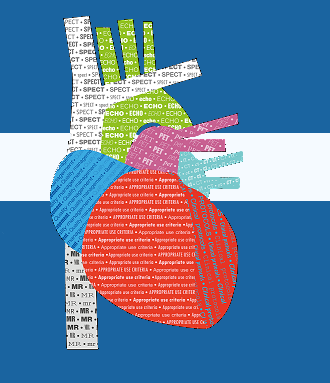Speaker
Dr
gopinath Kumar Periyapattana
(Nuclear medicine)
Description
Background: Accurate screening and diagnosis of ischemic heart disease is one of the most important mechanisms of timely intervention and prevention of mortality. TMT Electrocardiography (TMT) and/or Myocardial perfusion scan (MPI) are used in many centers for screening to be followed up with Coronary angiography (CAG) which is used as a gold standard in diagnosis of site of lesion. Now with the availability of improved equipment and radiotracers, the current day role of these non-invasive investigations need to be restudied. This study was done to assess sensitivity, specificity and predictive value of TMT and MPI in patients of suspected or proved CAD and to ascertain if the combination of the two tests (TMT+MPI) will raise the predictive value for the presence or absence of physiologically significant CAD.
Method: A cross-sectional observational study was undertaken on 100 consecutive cases of CAD who reported to the Department of General Medicine and Department of Nuclear Medicine of a tertiary care hospital in Kolkata, India. All these cases were suspected or proven cases of CAD. All these cases were subjected to TMT, MPI and CAG. Using CAG as Gold Standard, the results of TMT, MPI and CAG were compared using Pearson’s Chi Square test for Independence of Attributes.
Results: Taking CAG as gold standard, TMT had 12% false positive, 11% false negatives with a sensitivity 80.33%, specificity 71.79%, positive predictive value 81.67%, and a diagnostic accuracy of 77%. However, when MPI was evaluated with CAG as gold standard, it had 10% false positive, 5% false negative, a higher sensitivity & specificity (87.18% and 83.61%) and a higher positive predictive value of 91.07% and diagnostic accuracy of 85%. Combining both these test resulted in a very high positive predictive value 94.33% and higher diagnostic accuracy of 88%.
Conclusion: Combined TMT & MPI increases the PPV to 94% and diagnostic accuracy to 88% and together performs the gatekeeper function for CAG so that optimal decision making can be achieved. This will avoid cosmetic angioplasty and CABG of low risk patients and also detect more asymptomatic high risk patients who need aggressive therapy.
| Country/Organization invited to participate | India |
|---|
Author
Dr
gopinath Kumar Periyapattana
(Nuclear medicine)
Co-author
Dr
anil kumar avs
(nuclear medicine)

